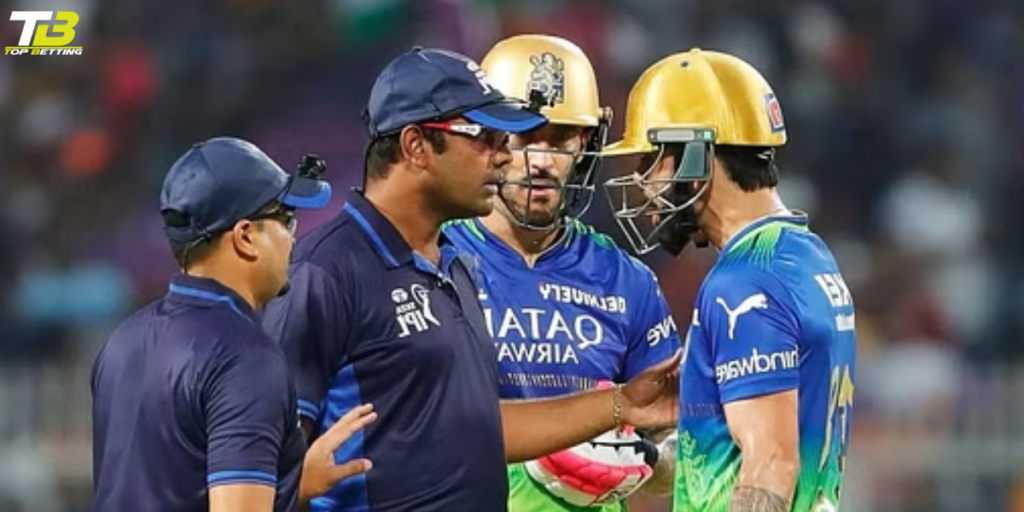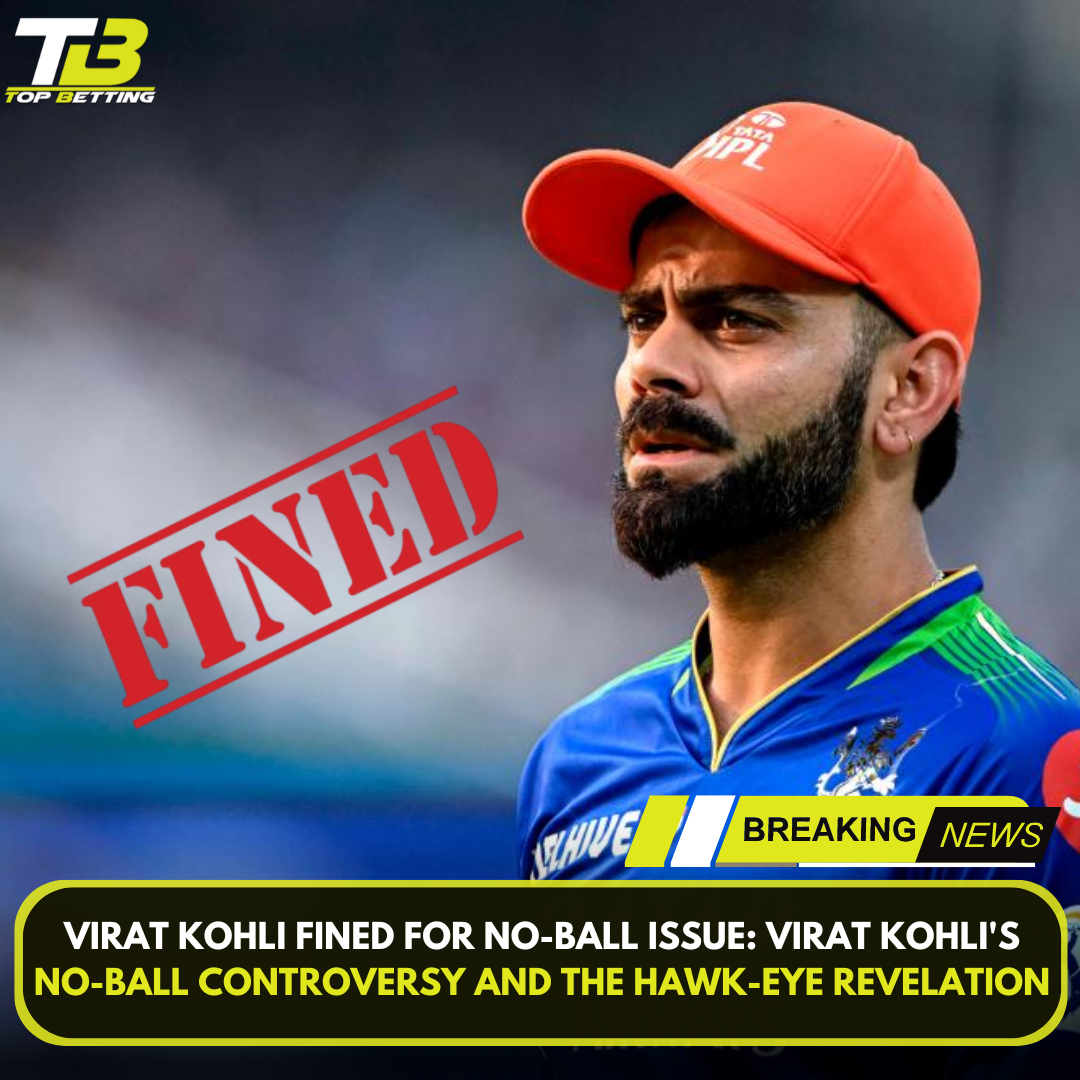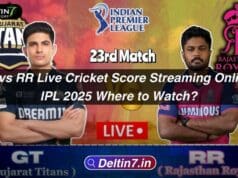
Virat Kohli Fined for No-Ball Controversy ipl 2024
In a moment laden with anticipation and high stakes, Royal Challengers Bangalore’s (RCB) match against Kolkata Knight Riders (KKR) at the Eden Gardens became a focal point of not just a cricket game but a technological marvel that’s shaping the future of cricket adjudications. At the heart of this narrative is Virat Kohli, a cricketing behemoth known for his fiery passion and unyielding pursuit of excellence, who found himself embroiled in a controversy that has reignited discussions on the precision and reliability of technology in cricket’s sacred gameplay.
The Incident That Sparked the Debate: Was Virat Kohli out?
During a pulsating chase of 223, Kohli’s dismissal for 18 off 7 balls stirred not just a wave of disappointment among fans but a torrent of discussions across the cricketing fraternity. The delivery in question, a high full toss from KKR’s Harshit Rana, was caught and bowled, but not before it raised eyebrows for its height, seemingly above the waist when Kohli made contact outside his crease. The contention? Whether the delivery should have been deemed a no-ball, a decision that leaned heavily on the new Hawk-Eye ball-tracking technology employed this IPL season.
Hawk-Eye’s Verdict and the Rule of Technology
In an era where technology and sports increasingly intersect, the Hawk-Eye system represents a leap towards eliminating the subjective judgement that often mars the beauty of cricket. According to Hawk-Eye, the ball, had Kohli been upright at the crease, would have passed at 0.92 metres from the ground, below the pre-measured height of Kohli’s waist at 1.04 metres. This pivotal piece of data deemed the delivery legal, despite the on-field drama that ensued.
The Essence of Fair Play and the Technology Debate
Kohli’s reaction post-dismissal, a blend of disbelief and frustration, underscored a larger narrative – the continuous tussle between human judgment and technological intervention. While technology aims to bring in an era of undeniable accuracy, moments like these highlight the nuances and imperfections inherent in any system. Faf du Plessis, RCB’s captain, encapsulated the scenario perfectly, acknowledging the rules while subtly hinting at the inherent disagreements that such decisions foster.
The Impact on RCB and IPL’s Technological Trajectory
The incident, far from being a mere footnote, could very well be a watershed moment in how technology is perceived and integrated into cricket. RCB’s narrow loss by one run, relegating them to the bottom of the points table, paints a stark picture of how crucial such moments can be. But beyond the immediate repercussions, it opens up a broader dialogue on refining technological interventions to ensure they complement the sport, enhancing its fairness and appeal.
Looking Forward: The Road Ahead for Technology in Cricket
As we navigate through this era of technological evolution in cricket, incidents like Kohli’s dismissal serve as pivotal learning points. They beckon a future where technology and human insight blend seamlessly, enhancing the sport’s integrity without detracting from its essence. The IPL, at the forefront of this revolution, has a unique opportunity to set precedents that could define the future of cricket adjudication worldwide.

Conclusion: Embracing the New Frontier
The controversy surrounding Virat Kohli’s dismissal is more than a momentary flashpoint; it’s a narrative rich with implications for the future of cricket. As we move forward, the dialogue between technology and tradition in sports is set to deepen, promising a future where the game’s beauty is preserved and its fairness unquestioned. For fans, players, and administrators alike, it’s a journey worth watching, filled with challenges, learnings, and, most importantly, the unbridled love for the game. Fans are obviously disappointed at the loss of RCB but its all part of sport now.










